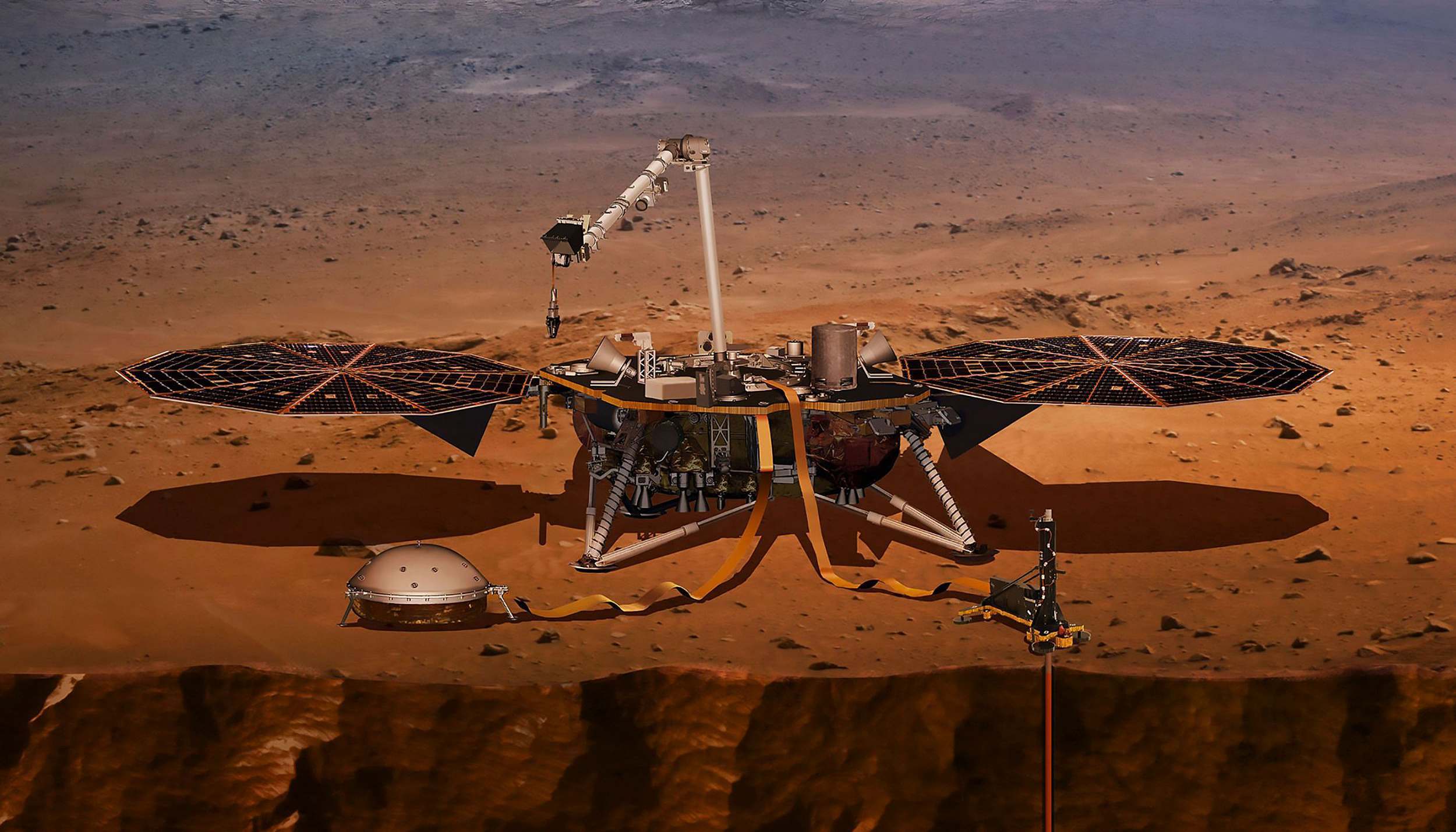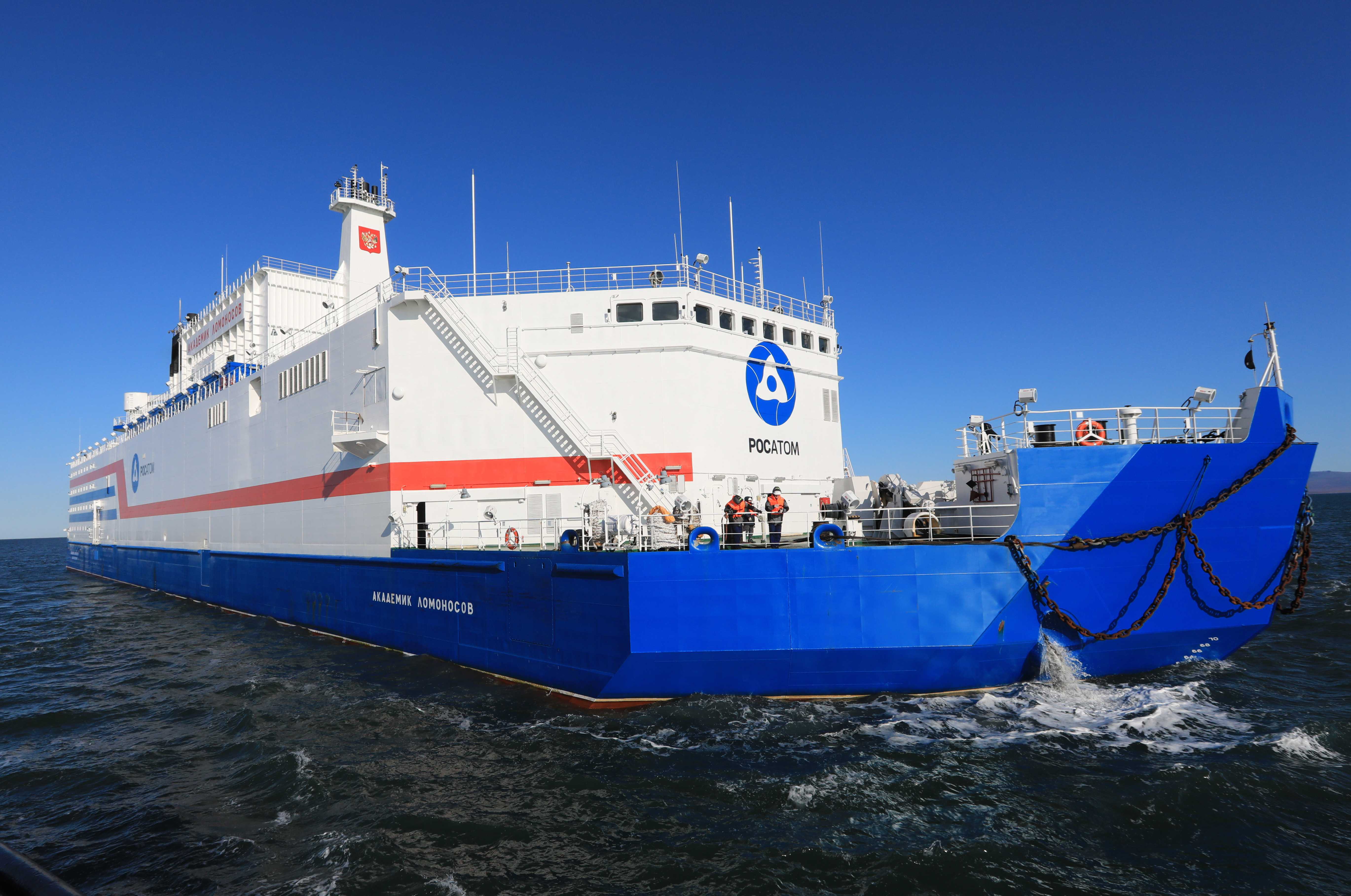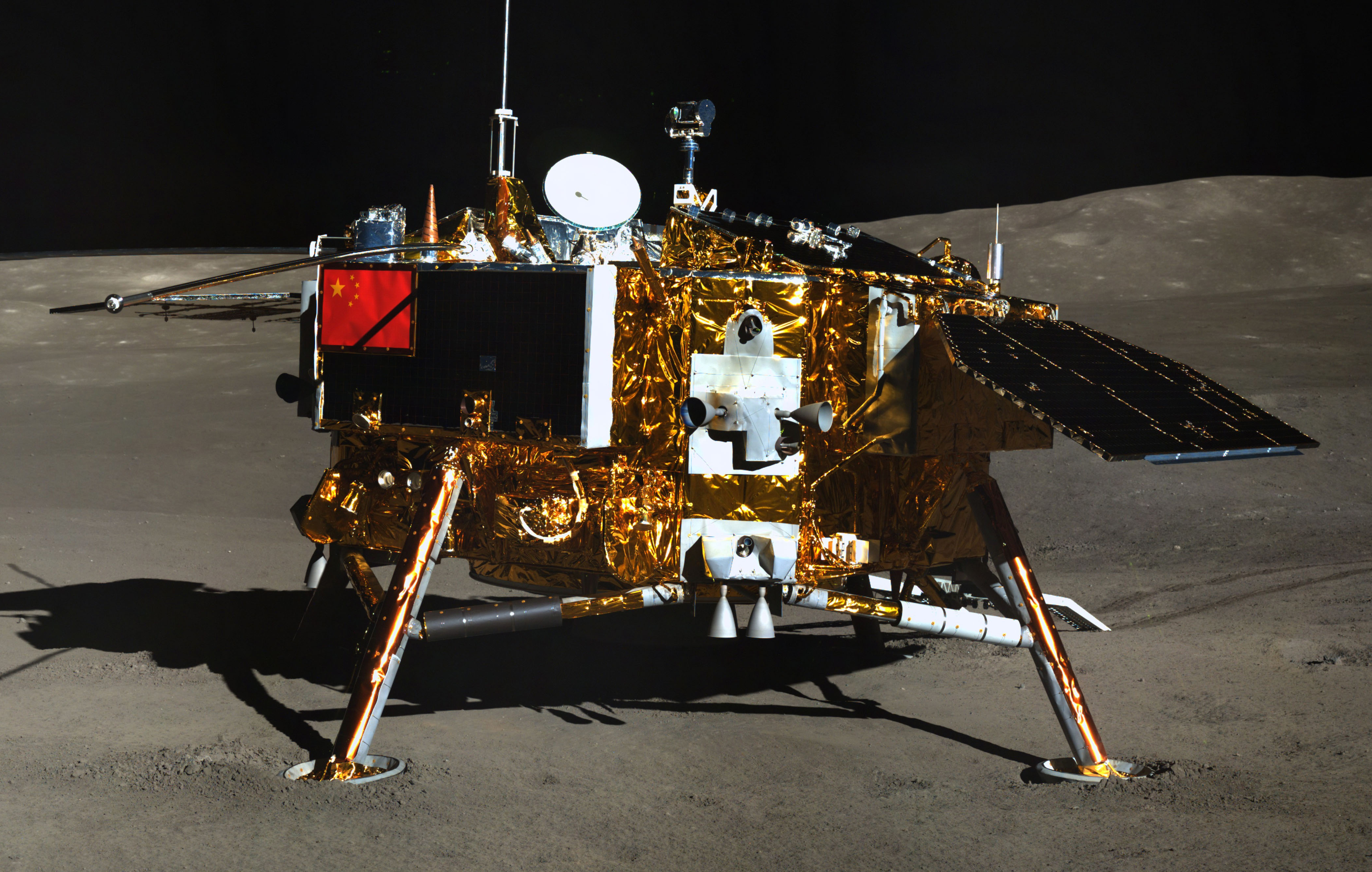Questionnaires for Global Top Ten Engineering Achievements
Dear Professor,
Greetings from Engineering, the flagship journal of the Chinese Academy of Engineering (CAE)!
To draw global attention to engineering science and technology and promote its progress and innovation, CAE launched the election of the Global Top Ten Engineering Achievements in 2021.
The Achievements refer to major engineering projects or significant engineering and technological breakthroughs with global influence in recent years, which represent the highest level and lead the trend of the times in their respective fields.
To be elected, the Achievement shall be endowed with the specific performance as follows.
1. Significant breakthroughs in engineering technology. The core technology of the proposed Achievement shall be a pioneering breakthrough and/or solution to long-standing bottlenecks and difficulties, or a huge improvement on single or multiple performances as compared with previous similar projects.
2. Outstanding innovations in system integration. The proposed Achievement shall have distinctive innovation characteristics in technology integration and/or system integration, realizing safety, precision and green of project, and/or resource allocation and organizational management in major projects.
3. Tremendous benefits in economy and society. The proposed Achievement shall act as an important part in driving industrial development and promoting social benefits. It not only promotes high-quality economic and social development, but also brings benefits to human production and living.
The election of the Global Top Ten Engineering Achievements in 2021 shall be an accomplished result and accepted separately or jointly by multiple countries five years prior to the election year (2016‒2020).
In view of your outstanding influence in related fields of engineering science and technology, we would like to invite you to answer the questionnaire about "Global Top Ten Engineering Achievements". Please send us back the questionnaire forms before 25th August 2021.
We look forward to your reply.
*The following 16 candidate engineering achievements are divided into two groups. Please select at most 4 of the 8 engineering achievements in each group.
Group 1








Group 2








All pictures come from the Internet. Please contact us if you have copyright problems.
Thank you for your support!
China Engineering Science and technology knowledge center
Strategic consulting intelligent support system(iss.ckcest.cn)Provide technical support
Contact us:910716311@qq.com